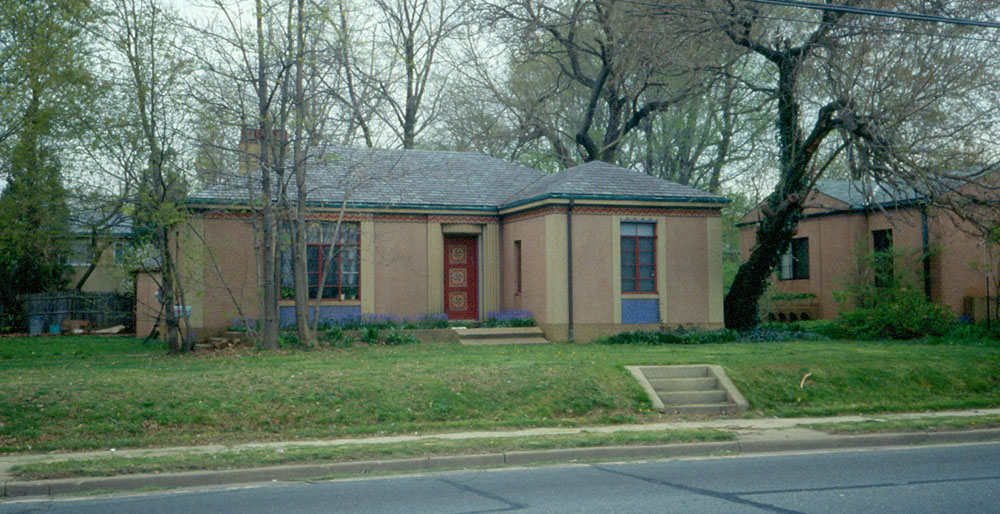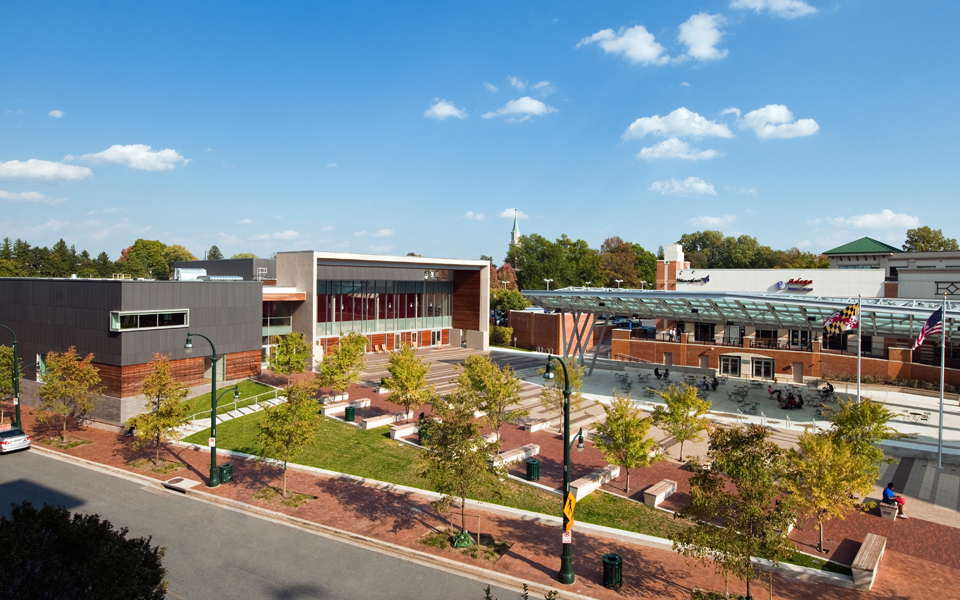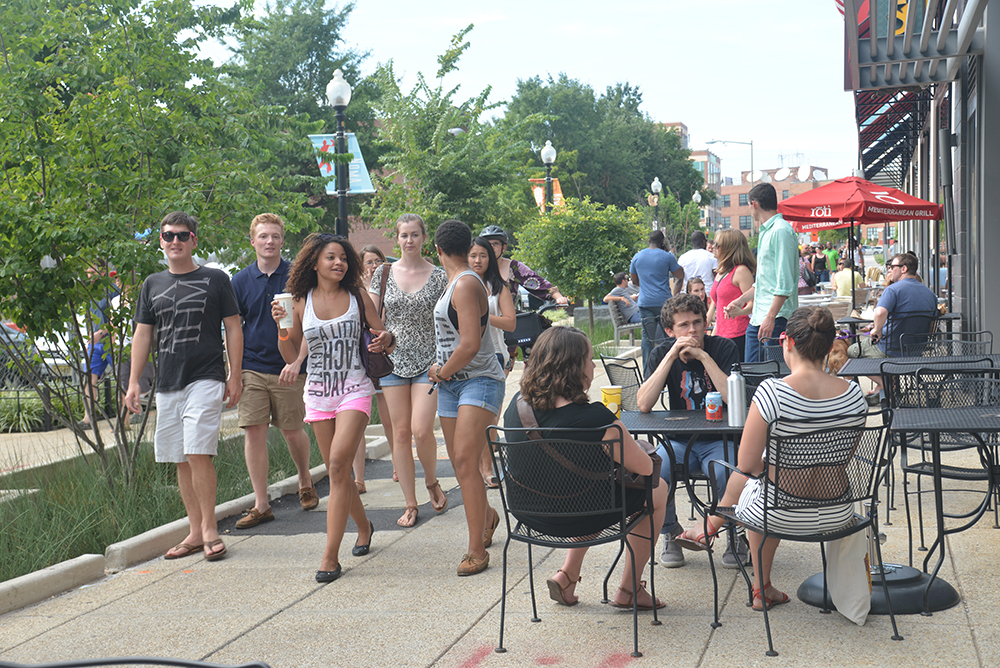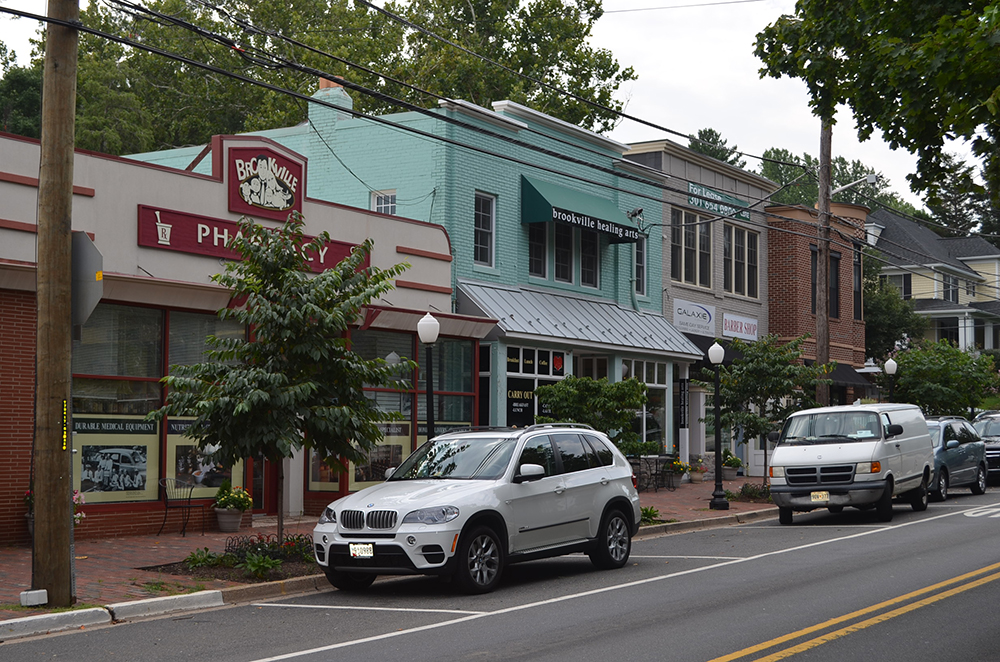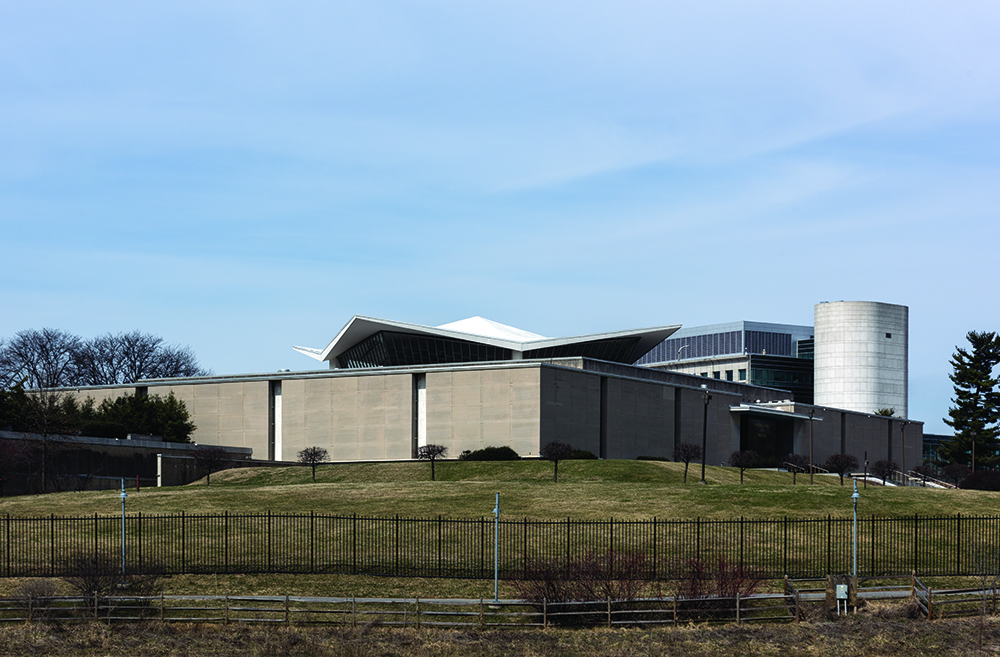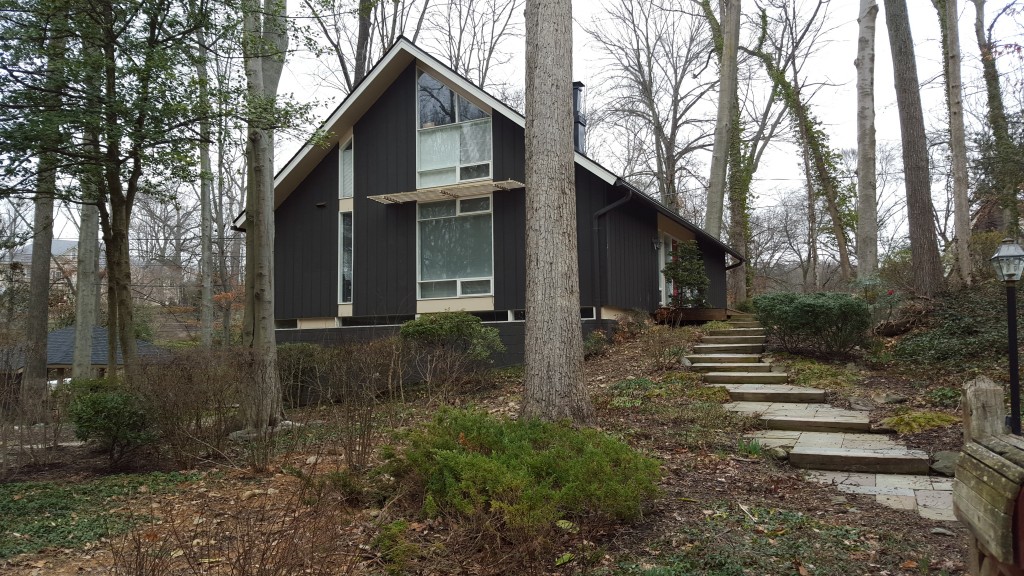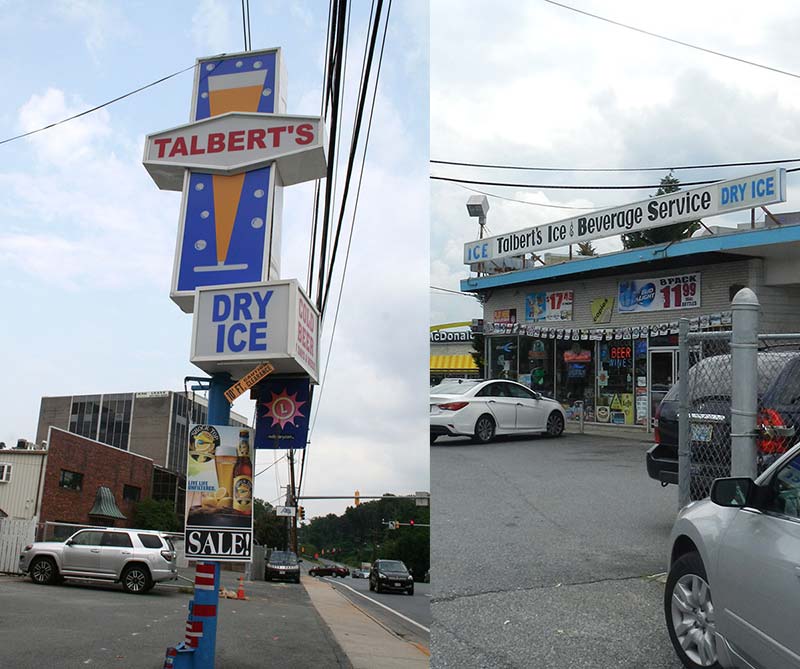
“If you design communities for automobiles, you get more automobiles. If you design them for people, you get walkable, livable communities.” Parris Glendening – Former Governor of Maryland
“Our streets and squares make up what we call the public realm, which is the physical manifestation of the common good. When you degrade the public realm, the common good suffers.” James Howard Kunstler – Writer, Urbanist
Studies throughout the country have drawn the same conclusions regarding the relationship between house and garage. Townhouses with garages placed inconspicuously at the rear of the property create better neighborhoods and generate greater economic value than townhouses with garages fronting the street.
Look at the townhouses in our region built over … Continue reading


